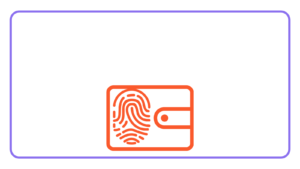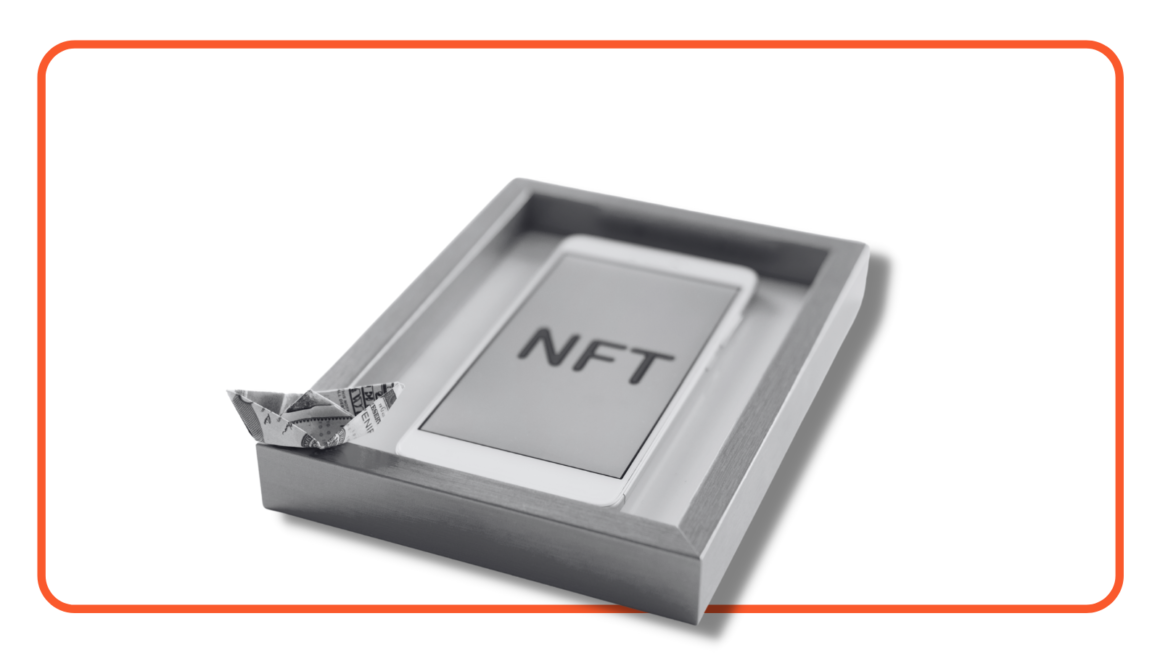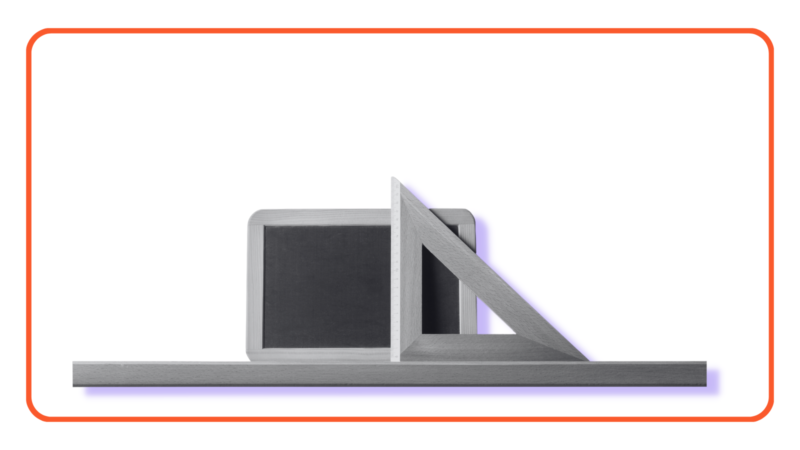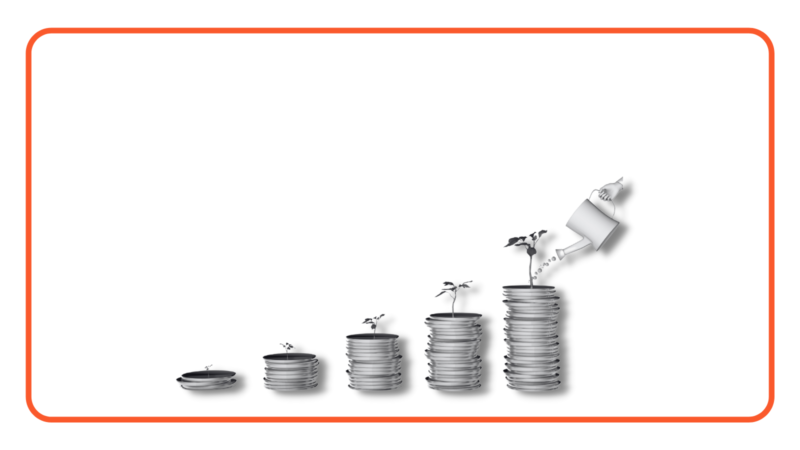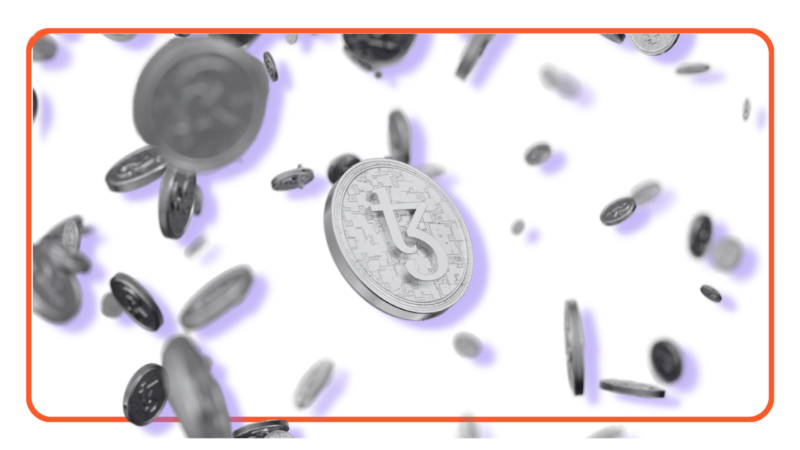You have probably heard the term NFTs a lot this year. You might have also heard about how they sold for millions.
But what exactly are NFTs?
NFT stands for non-fungible token. Fungible is something that can be replaced by another identical item; mutually interchangeable.
NFTs are unique and irreplaceable. They are digital assets stored on a blockchain (a ledger used for recording transactions). It can be an image, a graphic, a video, or even a tweet.
A hundred rupee note is fungible. It can be exchanged for five twenty-rupee notes or two fifty-rupee notes. But Van Gogh’s Starry Night is non-fungible. You can get a copy but it won’t be genuine.
NFTs have been around since 2014, but have recently gained in popularity. Their sales have reached $2.5 billion in just the first half of 2021.
How do NFTs work?
When someone buys an NFT, a ledger entry is made and an address is also added to the entry, establishing the ownership of that NFT.
Most of the NFTs are recorded on the Ethereum blockchain, although other blockchains are also capable of recording them, such as Flow and Tezos.
Instead of a physical copy, the buyer gets a digital file.
One NFT can only be owned by one person at a time. If the NFT is transferred to someone else, the unique code will also get transferred to them on the blockchain.
In addition, artists can sign their artwork by adding their signature to an NFT database.
What makes NFTs so special?
Beeple, a digital artist, recently sold a collage called “Everydays – The First 5000 Days” as NFT for an astounding $69.3 million.
A twelve-year-old British Pakistani boy from London, Benyamin Ahmed, sold his artwork of pixelated Weird Whales as NFT for £290,000.
Jack Dorsey, Twitter CEO, auctioned his first tweet as NFT and sold it for $2.9 million.
Yes, the digital art sold by Beeple can be accessed for free, downloaded, and copied thousands of times. So, then why are people spending so much money on acquiring them?
It’s like collecting, but digital. Basically, they are digital proof of ownership. They cannot be altered or forged.
In other words, anyone can copy the digital art all they want, but the owner has a “token” that proves the original item.
What are NFTs used for?
NFTs provide artists and content creators with the opportunity to earn money without having to rely on a platform.
An artist can sell their painting directly to the buyer instead of depending on galleries or auction houses.
Artists can also get royalties for their work so whenever their art is resold, they get a percentage of the sales.
NFTs are also being used to sell event tickets.
In-game items make for very popular NFTs. Users purchase in-game items as collectibles and can use them as weapons or can sell them to other users within the game.
NFTs in Pakistan
Pakistan also joined in on the NFT craze. “Friendship ended with Mudassir” is one of the most popular memes of the country.
It was auctioned by a startup Alter for 20 Ethereum tokens which were equivalent to $51,776 at that time.
Muhammad Asif Raza Rana shared a Facebook post in 2016 announcing that he had ended his friendship with Mudasir and Salman was his new best friend now.
The post gained immense popularity and was auctioned on the world’s largest platform for NFT listings called Foundation.
The proceeds from the auction were shared by Muhammad Asif, Alter, and Foundation with Asif getting the biggest share.
The future of NFTs
NFT hype is everywhere. For now, it looks like NFTs are here to stay.
They have the potential to solve the problems around buying and selling, and the ownership of digital assets permanently.
A quick endnote
If reading all this has made you consider purchasing an NFT then you should know that at the end of the day, the value of any NFT is based on what someone would be willing to pay for it.
Depending on your NFT, you might make a lot of money, or you might resell it for a lot less than what you paid for it, or you might not even be able to sell it at all.
Be the first to know when a startup receives funding. Sign up below.


